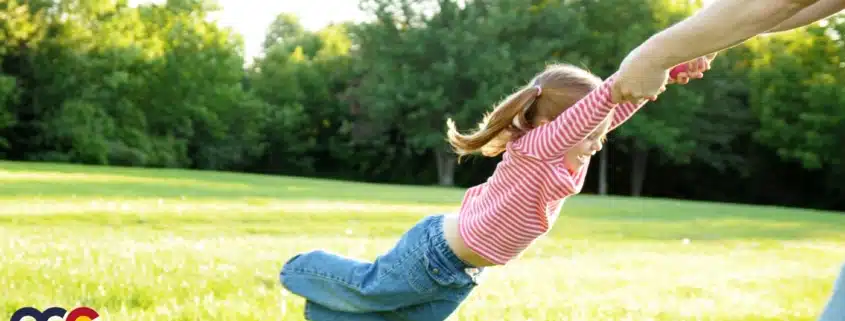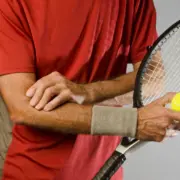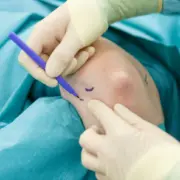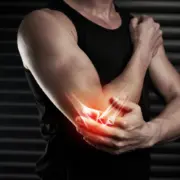Nursemaid’s Elbow
Many children squeal with delight when you swing them around or back and forth by the arms. But the fun can easily turn into Nursemaid’s elbow. Nursemaid’s elbow is a common injury among toddlers and preschoolers. It happens when a ligament slips out of place and gets caught between two bones in the elbow joint. Normally, it is easy for a doctor to fix, but if it is not treated, the child may be permanently unable to fully move the elbow. It can be quite painful and scary for your little one and certainly stressful for you. At OCC – Colorado Center of Orthopedic Excellence in Colorado Springs, Colorado, their skilled and experienced orthopedic specialists are also experts at putting an injured and frightened child at ease. It’s not just that they provide the best care, but also that they are caring and sensitive.
OVERVIEW
Nursemaid’s elbow has many names: pulled elbow, radial-head subluxation, and annular ligament displacement. The condition is a dislocation of a bone in the elbow called the radius. Dislocation means the bone slips out of its normal position. Because the joints and ligaments in young children are still growing and relatively loose, it doesn’t take a lot of force to pull the radial bone out of place. Nursemaid’s elbow does not usually occur after age 5. By this time, a child’s joints and the structures around them are stronger. Also, the child is less likely to be in a situation where this injury might occur.
ABOUT THE ELBOW
The elbow is often thought of as being a single joint. Actually, it’s made up of three separate joints that together form a hinge joint called the elbow. A hinge joint is a joint between bones that permits motion in only one plane. The upper arm bone or humerus connects from the shoulder to the elbow forming the top of the hinge joint. The lower arm or forearm consists of two bones, the radius and the ulna. The ends of the bones are covered with cartilage which has a rubbery consistency that allows the joints to slide easily against one another and absorb shock. The bones are held together with ligaments that form the joint capsule. The elbow allows the hands to reach an object, stabilize the upper extremity to perform activities, and assist in throwing an object.
WHAT IS NURSEMAID’S ELBOW?
The name “Nursemaid’s elbow” comes from an era when nursemaids or nannies commonly looked after young children and either pulled on the child’s forearm or lifted or swung them by the arms. The medical term is radial head subluxation. Technically, it’s not a fully dislocated elbow. It means that the radial bone has started moving out of its socket and gotten caught between the ligaments—bands of connective tissue in the elbow—just short of popping out. Nursemaid’s elbow makes up more than 20% of upper arm injuries in children. It affects children assigned female at birth slightly more than children assigned male at birth. The left arm is more commonly affected than the right arm. Once the elbow dislocates, it is likely to do so again, especially in the 3 or 4 weeks after the injury.
Read more about Nursemaid’s Elbow on our new Colorado Springs Orthopedic News Site – Colorado Springs Orthopedic News. Schedule an appointment with an elbow specialist today.







